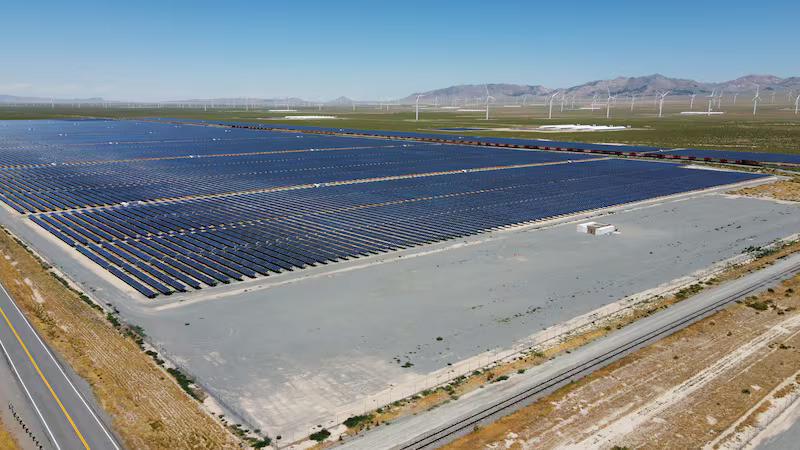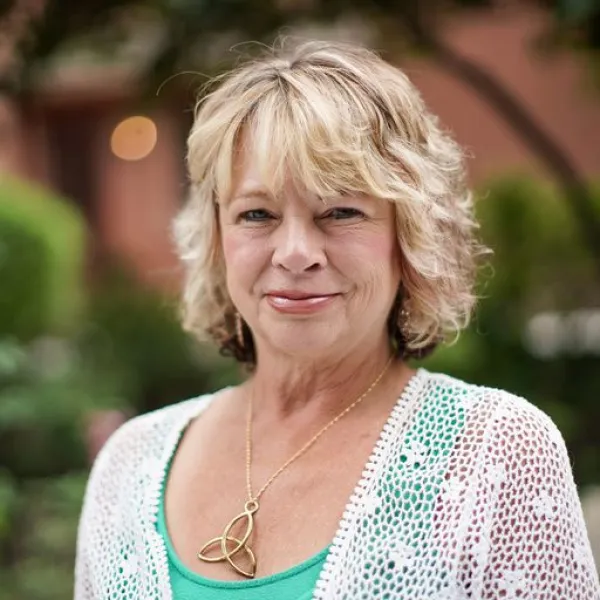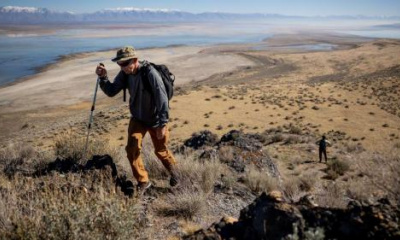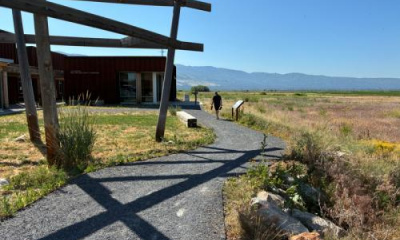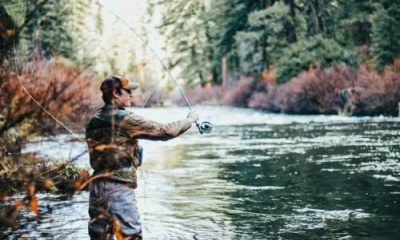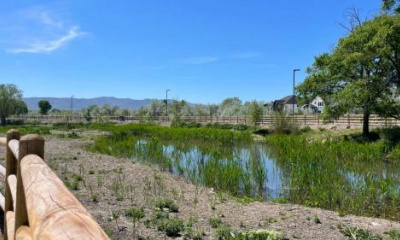Solar advocacy group says some areas are just not appropriate
The Biden-Harris administration wants to open up an additional 31 million acres in the West for development of utility scale solar development, but at least one group of clean energy advocates say some of those “available” areas are not appropriate.
While still under public comment, there are a collection of trouble spots in Utah among the five million acres on the table, some advocates argue.
Those areas, according to Randi Spivak, public lands policy director at the Center for Biological Diversity, include:
- Hanksville: a small community in southern Utah in the center of a recreation mecca. To the west, parcels available for solar are directly on the border of Capitol Reef National Park (the area marked “Cathedral Valley”) and in the Factory Butte area, which is popular with off highway vehicles
- To the southeast, lands available for solar are in the area called Robbers Roost at the foot of the Henry Mountains and near the Little Egypt Geologic Site. To the northeast, a large area available for solar is along the access route to Canyonlands National Park, the Horseshoe Canyon Unit.
- Perhaps most surprising are areas available for solar in the Great Salt Lake Desert, including parcels on the shore of Great Salt Lake along its southern and southwestern edge. Proposed development zones also include extensive acreage in Skull Valley, surrounding the Skull Valley Indian Reservation on two sides.
“We’re deeply disappointed that the Bureau of Land Management is putting energy developers ahead of wildlife and protected public lands,” said Spivak. “There’s room on public lands for thoughtfully sited solar energy projects. We don’t need to destroy tens of millions of acres of wildlife habitat to achieve our clean energy goals. This plan allows for death by a thousand cuts, where inappropriately sited industrial projects can proliferate across sensitive public lands throughout the West.”
This proposal builds on the 2012 solar development plan crafted by the federal government that tapped six southwestern states, which at the time included Utah. Under that development plan announced 14 years ago, there have been nine solar projects and 13 geothermal developments. It brought on at least 25 gigawatts of clean energy via developments that spanned several thousand upon thousands of acres.
Developed with substantial public input, the proposed updated Western Solar Plan will guide BLM’s management of solar energy proposals and projects on public lands. It would make over 31 million acres of public lands across 11 western states available for potential solar development, driving development closer to transmission lines or on previously disturbed lands.
Spivak said while many groups are praising the proposed new solar zones, one has to be cautious about long-term impacts and to make sure proper siting happens.
The Center for Biological Diversity is all about solar, but she advised developers and the government should be prudent when choosing a location. She said the center argued about the broad nature of the “exclusions” that are part of the new solar plan, asserting there should be buffer zones around sensitive zones such as National Wildlife Refuges and sage grouse habitat, among others.
“We cannot eliminate 100% of the conflict; we are already behind the curve,” she said.
Praise by some
“Renewable energy buildout on public lands must be thoughtful, cautious and informed — ensuring that we conserve important wildlife habitat, protect hunting and fishing opportunities, and avoid impacts to cultural and Indigenous resources — as we strive for cleaner energy.” said Bailey Brennan, public lands counsel with the National Wildlife Federation. “The BLM’s improved approach to siting and permitting solar development will help achieve these goals, balancing public lands’ many uses.”
“As the country grapples with the need to meet energy demands, it’s crucial to approach the development of solar energy with the perspective that wildlife and solar can coexist on the landscape,” said Joel Webster, interim chief conservation officer for the Theodore Roosevelt Conservation Partnership. “TRCP appreciates refinements made by the BLM to the Western Solar Plan that will help maintain seasonal habitats that are crucially important for the West’s big game herds.”
Spivak said it takes a lot of water to build the solar panels, many of which span upwards of 5,000 acres.
How does that water demand square with a saline body of water already under challenge after having reached its historic lows? And how does the state of Utah and the bevy of other groups vested in saving the lake deter development on federally-controlled land?

